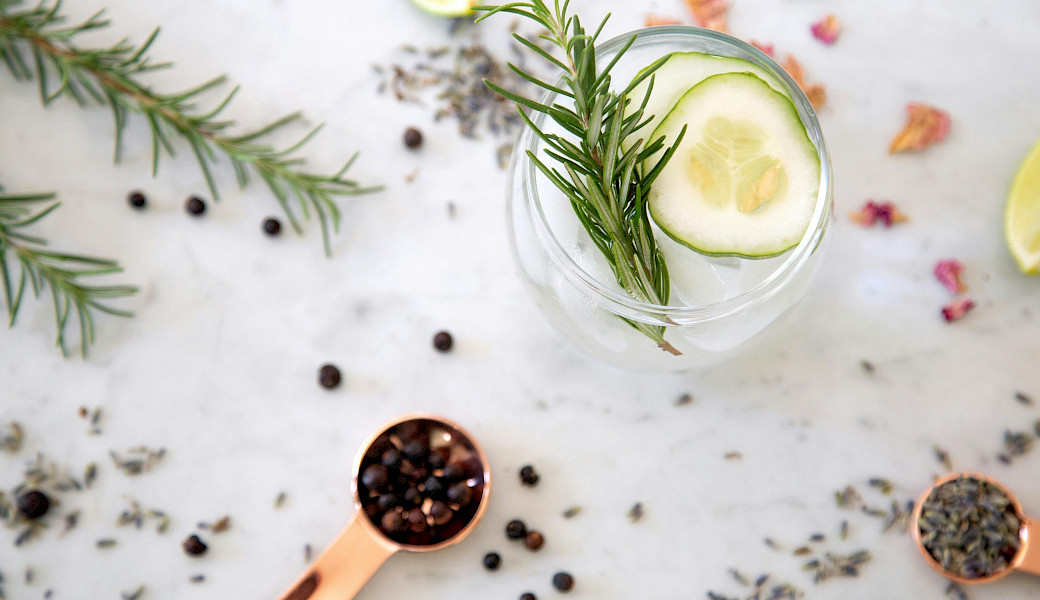
Gin is a distilled alcoholic spirit that derives its predominant flavor from juniper berries, giving it a piney, resinous taste. Gin comes in a variety of styles, based on factors such as botanical ingredients and production methods. Let's delve into the most common types of gins.
London Dry Gin is the most widely recognized type of gin. As the name suggests, it's a dry gin with a crisp, clean flavor, featuring juniper upfront. London Dry is made by re-distilling a neutral grain spirit containing botanicals like juniper, citrus peels, coriander, angelica root and orris root. Popular London Dry gin brands include Tanqueray, Beefeater, and Bombay Sapphire.
Genever or Dutch-style gin has malty flavors as well as botanical notes. It's made by distilling malted grain along with juniper and other aromatics. Genever, produced mostly in Holland and Belgium, is an ancestor to modern London Dry gins. Brands include Bols and Damrak.
Plymouth gin possesses an earthy, spicy character and is thought to have a more integrated flavor than London Dry due its use of soft Dartmoor water. Plymouth gin is produced in the English town of Plymouth using a proportion of root ingredients like sweet orange peel, juniper, and coriander, giving it a smooth fullness.
New American Gin reflects a recent trend of new, boldly flavored gins made in America. These gins explore non-traditional botanicals like lavender, hibiscus, sage, and rose petals, often accented by unusual citrus. Popular craft New American gin producers are Aviation, Catoctin Creek, and Bluecoat.
Old Tom Gin is lightly sweetened gin that predates London Dry. It can contain up to 2 grams of sugar per liter, lending hints of sweetness and fruitiness. Originally intended to mask the harshness of early gins, it enjoyed immense popularity in the 19th century. Hayman's and Ransom are two brands reviving this historic gin style.
Navy Strength Gin refers to overproof styles at least 57% alcohol by volume. The higher proof originated to prevent gin from evaporating or spoiling during transport at sea. Some Navy Strength gins pack bolder juniper flavors like Perry's Tot and Plymouth 57%.
Barrel-Aged Gin emerges from aging gin in wooden barrels, like those used for whiskey. The barrel imparts smoky, toasted flavors as well as amber color to the gin, also lending smoothness from wood extractives. Popular barrel-aged gins include Citadelle Reserve and Gunroom Navy Strength Gin.
Sloe Gin is technically not a gin at all, but a steeped alcoholic liqueur made from sloe berries, an acidic wild plum, and sugar. Traditional sloe gins like Plymouth Sloe boast intense fruitiness with hints of cherry or blackcurrant, while drier versions like Hayman's Sloe Gin contain less sweetness.
As you can see, there are many distinctive types of gin spanning a range of flavor profiles, ingredients, alcohol levels and production methods. When sampling different gins, pay attention to subtleties between traditional versus contemporary styles as well as regional variations. The expansive world of gin offers libations for every palate.
Sign up to be the first to know about upcoming sales, recipes, events and more.